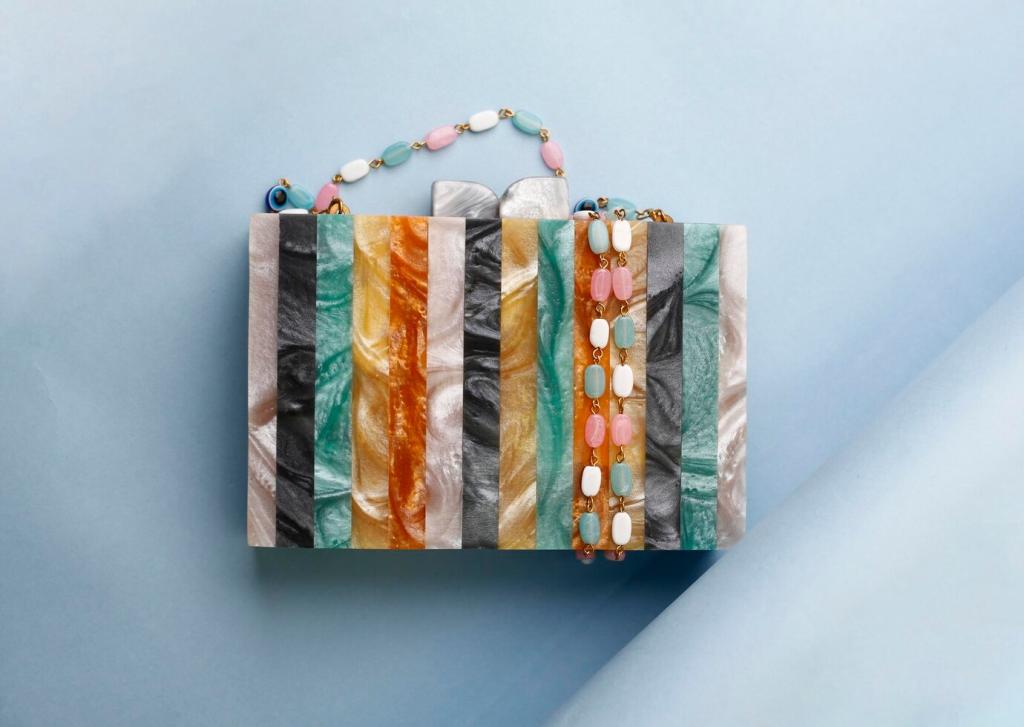Write Emails That Make Rooms Feel Real
Selected theme: Interior Design Email Marketing Copy. Welcome to a fresh, human approach to writing emails that inspire, persuade, and convert design lovers into delighted clients—without sounding salesy. Stay with us, share your thoughts, and subscribe for weekly ideas you can put to work immediately.

Know Your Design-Driven Audience
They imagine Saturday sunlight on a linen sofa and a clutter-free coffee table. Speak to comfort, calm, and easy wins—swatch kits, room-by-room guides, and realistic budgets. Invite replies with a friendly question: Which corner of your home needs a reset first?
Know Your Design-Driven Audience
Architects, builders, and stylists want efficiency, clarity, and proof you deliver on spec. Use concise bullets, lead times, and technical highlights. Include downloadable lookbooks and a clear contact for quotes. Ask what file formats or cut sheets they prefer for seamless collaboration.


Subject Lines and Preheaders That Spark Curiosity
Blend a timely vibe with a tangible promise: “Autumn light, softer textiles: three living room updates you’ll feel by Sunday.” Avoid vagueness. Let readers picture the result. Invite them to save the email for weekend planning and reply with a photo of their current space.
Subject Lines and Preheaders That Spark Curiosity
Offer an honest outcome and a clear hook: “From echoey to elegant: a simple rug formula for large rooms.” Credibility beats hype. Set expectations you can fulfill. Ask readers to forward to a friend who struggles with scale—referrals start with useful writing.
Subject Lines and Preheaders That Spark Curiosity
Use preheaders like a second brushstroke: “Order two swatches free—feel the weave before you decide.” Keep length mobile-friendly and complementary, not repetitive. Encourage replies by asking a small, specific question that invites quick engagement and keeps conversation human.



CTAs That Move Projects Forward
Low-Friction Micro-Conversions
“Get two free swatches” or “Save this mood board to your project.” These light actions build momentum and list quality. Pair with a clear confirmation email. Ask readers to reply with the room they are sampling, so you can tailor follow-ups with helpful, specific tips.
High-Intent Booking Prompts
“Book a 20-minute style mapping call.” Keep slots visible and expectations explicit. Offer a short survey that captures style, timeline, and budget. Encourage replies from those not ready to book with a gentle alternative: “Ask a designer one question—hit reply.”
Community and Social Actions
“Vote on next week’s palette” or “Share your shelfie before-and-after.” These CTAs turn subscribers into participants. Highlight selected entries in a future email. Invite readers to subscribe for the monthly roundup featuring their best ideas credited by name.
Lifecycle Sequences That Feel Like a Design Journey
Welcome Series with Orientation
Three emails: vision, proof, next step. Start with your design philosophy, then a case study with constraints, then a simple action like a swatch request. Ask new subscribers what room they are tackling first to personalize recommendations and deepen early trust.
Project Milestone Updates
Send progress notes clients love to open: “Tile packed,” “Lighting shipped,” “Install date confirmed.” Add behind-the-scenes photos and care instructions. Invite quick confirmations via reply. This transparency calms nerves and reduces back-and-forth while strengthening perceived professionalism.
Post-Reveal Retention and Referral
Celebrate the final room with gentle care tips and a short story about one smart decision. Ask for a testimonial only after delight is clear. Offer a refer-a-friend perk that feels classy, not pushy—perhaps a complimentary styling hour for both parties.
Your Origin Story, Told with Restraint
Share the moment your eye sharpened—an apprenticeship, a childhood home, a fabric market memory. Keep it concise and relevant to the reader’s benefit. End with an invitation: reply with the object that shaped their taste, and feature a few responses next week.
Anecdotes that Prove, Not Brag
Instead of metrics alone, tell a tiny story: a client’s echoey loft softened after swapping one material. Include a specific, humane detail. Close with a practical tip readers can try today, encouraging them to report back with their outcome for communal learning.
Consistency Across Channels
Match the mood of your website and social feed—cadence, phrasing, and visual cues. Create a reusable style guide for email. Ask subscribers which subject line felt ‘most you’ to validate your direction and align future campaigns with authentic brand texture.
Data, Deliverability, and Ethical Design Marketing
Clean Lists and Clear Permission
Use confirmed opt-in, simple preferences, and transparent frequency statements. Regularly remove inactive subscribers with a gentle re-engagement note. Invite readers to update their style interests, so every send feels considerate and relevant rather than noisy or intrusive.
Images, Alt Text, and Load Speed
Compress images, design for dark mode, and write alt text that carries mood and meaning. Describe materials and light in words, not just pixels. Encourage subscribers to reply if an image failed to load, signaling technical issues you can immediately address.
Measure What Matters and Test Thoughtfully
Track clicks on swatch requests, consultation bookings, and saved mood boards—signals tied to revenue. A/B test one element at a time and run long enough to learn. Invite readers to vote on upcoming test ideas, turning your list into a collaborative lab.
